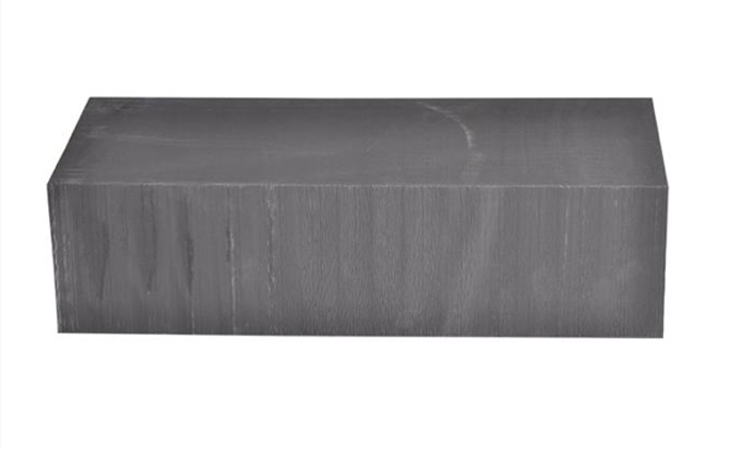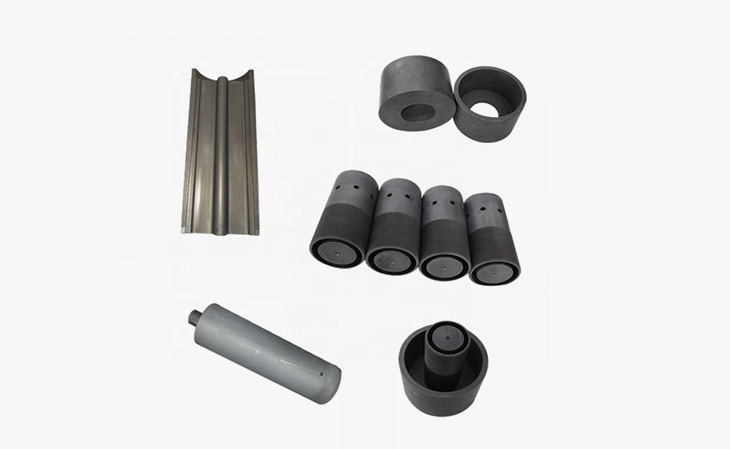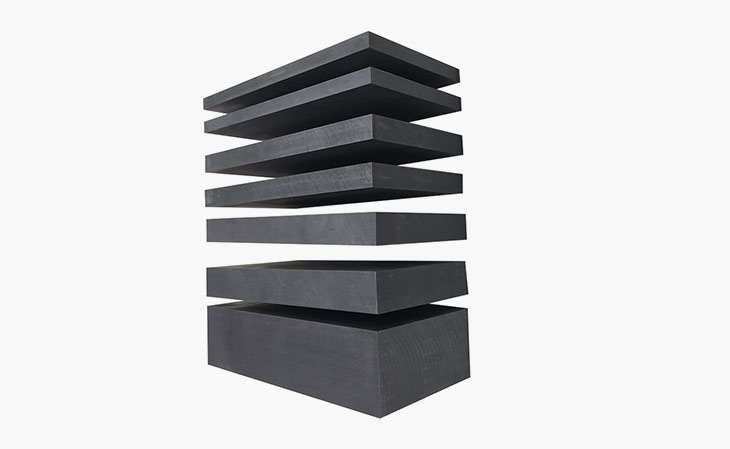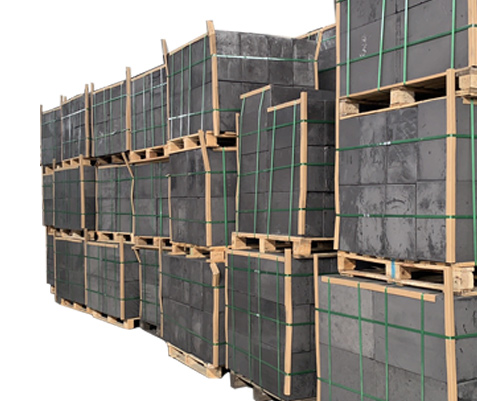"Like gold knit small can light, slightly moist will melt purple jade Ying. Graphite a study for the phoenix tail, cold spring half a spoon is the eyes of the dragon." This is the Tang Dynasty poet Pi Rixiu graphite description. Graphite has a long history of application in China. The earliest ink seen in China so far is the ink block unearthed from the Qin Tomb in Yunmeng, Hubei Province in 1975.
According to Li Xiaomei in his Ink Spectrum, the earliest ink was made from lacquer and stone powder. Tao Zong only said in Dropout Records, Volume 29, that the use of stone to grind ink appeared in the Middle Ages. The ancients were interested in utilizing graphite and started a new chapter in civilization. In the future, it will remain a secret weapon that will change the world.

Carbon and graphite in nature
Graphite is one of the softest naturally occurring minerals in nature, but it shares the same chemical composition - carbon - as the hardest, diamond. They are both natural products formed by geological action, only the different internal structure leads to their physical properties are completely different. With the development of science and technology, graphite has become more and more versatile and fully demonstrates the power of modern technology.
Graphite is used in many industrial and technological applications. Due to its resistance to high and low temperatures and electrical conductivity, graphite can be used as a raw material for refractory materials, pigments and so on. With the graphite corrosion resistance, radiation resistance, self-lubricating and other properties of the understanding of the depth of its applications are more and more extensive, the emergence of high-purity graphite, graphite for the nuclear industry, graphite fibers, graphite dipped in silicon and so on.
There are more than 20 countries producing natural graphite in the world, mainly China, India, Mexico, Madagascar and Brazil. China is rich in graphite resources, the total amount of retention for many years ranked first in the world. It is mainly distributed in Heilongjiang, Inner Mongolia, Shanxi, Sichuan, Shandong, Hunan and Xinjiang.
China's graphite deposits are divided into regional metamorphic type, contact metamorphic type and magmatic hydrothermal type according to the genesis.
Regional metamorphic type, regional metamorphic type is mainly closely related to the regional metamorphism, distributed in the ancient terrace around the edge of the metasedimentary strata, to produce crystalline graphite is the main, is the most important type of graphite minerals.
Contact metamorphic type, the contact metamorphic type is mainly distributed in the continental margin of the tectonic domain of the Pacific Coast, related to the magmatic activities of the Caledonian and Yanshan periods, the ore body is distributed in the contact zone outside the rock body, with high grade but small scale, mainly producing cryptocrystalline graphite.
Magmatic hydrothermal type, magmatic hydrothermal type graphite ore is less, produced in alkaline granite, Xinjiang Sujiquan graphite deposit is the most typical, to scale structure, containing scale crystalline graphite is mainly.
.jpg)
In the field of high-end equipment manufacturing, graphite is used as neutron reducer and protective material in atomic bomb reactors. Flexible graphite is used for atomic energy valve sealing; manufacture of solid fuel rocket nozzles, missile nose cone, cosmic navigation equipment parts, heat insulation and anti-ray materials, artificial satellites on the radio link and conductive structural materials.
In the field of new energy manufacturing, nuclear energy with high-temperature air-cooled fuel matrix materials need to use natural flake graphite, the use of graphite good electrical conductivity made of solar cells, wind power storage batteries, in addition to natural graphite as raw material, the production of lithium-ion batteries, new types of power batteries, supercapacitors, used in hybrid cars, electric vehicles, solar cars and other fields.
In the field of information technology, graphite lithium batteries for communication base stations, laptop computers, cell phones and other chargers, graphene supercapacitor for telecommunications and data communications to provide energy storage, graphene can also be made into foldable displays, the future of graphene used in computer chips, the manufacture of the next generation of supercomputers.
In the field of new materials, composite materials of graphite and other elements, graphene heavy duty anticorrosive coatings applied in marine and chemical industries, a new generation of graphene inorganic powder coatings, graphene thermally conductive coatings used in non-stick pan coatings and LED lamps, and so on.
.jpg)
"Black" Technology - Graphene
The appearance of graphene has stirred up great waves in the scientific world and attracted the attention of the world. Graphene has appeared in every high, precise and sharp field in the world. It has also contributed to the modernization and development of natural graphite industry, and graphite has become the raw material of many "black" technologies. Graphene is a kind of carbon atoms to sp2 hybridized orbitals composed of hexagonal honeycomb lattice planar film, only a carbon atom thickness of two-dimensional materials.
In 2004, physicists Andre Heim and Konstantin Novoselov of the University of Manchester, England, successfully isolated graphene from graphite in an experiment, thus confirming that graphene can exist alone, and the two were awarded the 2010 Nobel Prize in Physics. Graphite has also become a major strategic resource that is in high demand today.
Graphene, as one of the thinnest (0.142 nanometers), hardest, and fastest conducting materials discovered so far, is widely used in modern high-tech fields. A pencil that leaves a mark on a piece of paper may be several times or even a dozen times as thick as graphene.
Graphene is known as a "wonder material" for its unique mechanical and electrical properties. Prof. Hengan Wu's team at the University of Science and Technology of China, in collaboration with Nobel Prize winner Prof. André Heim's group at the University of Manchester, has made a breakthrough in the research of graphene-based functional materials, discovering that graphene oxide thin films have the ability to screen ions precisely and quickly. ions. Chen Xuyuan's team at the Institute of Laser Spectroscopy, Shanxi University, synthesized ultra-high vertical graphene as high as 80 microns using plasma-enhanced chemical vapor deposition process, and applied it in supercapacitors, showing superior electrochemical performance and energy storage capacity.
The United States, China, the European Union, Japan, India and other countries will be graphite as a "key mineral" or "strategic minerals". Some researchers expect that China's graphite demand in 2030 will reach 1.387 million tons. The development of graphite resources is highly concerned by the world's mining industry, graphite deep processing and effective use of graphite is increasingly becoming the international new materials in the field of science and technology front, graphite has become the 21st century, a veritable "black" source of science and technology.
This article is based on relevant information
This article was originally published on April 11, China Mining News, page 1
 English
English








.jpg)
.jpg)

